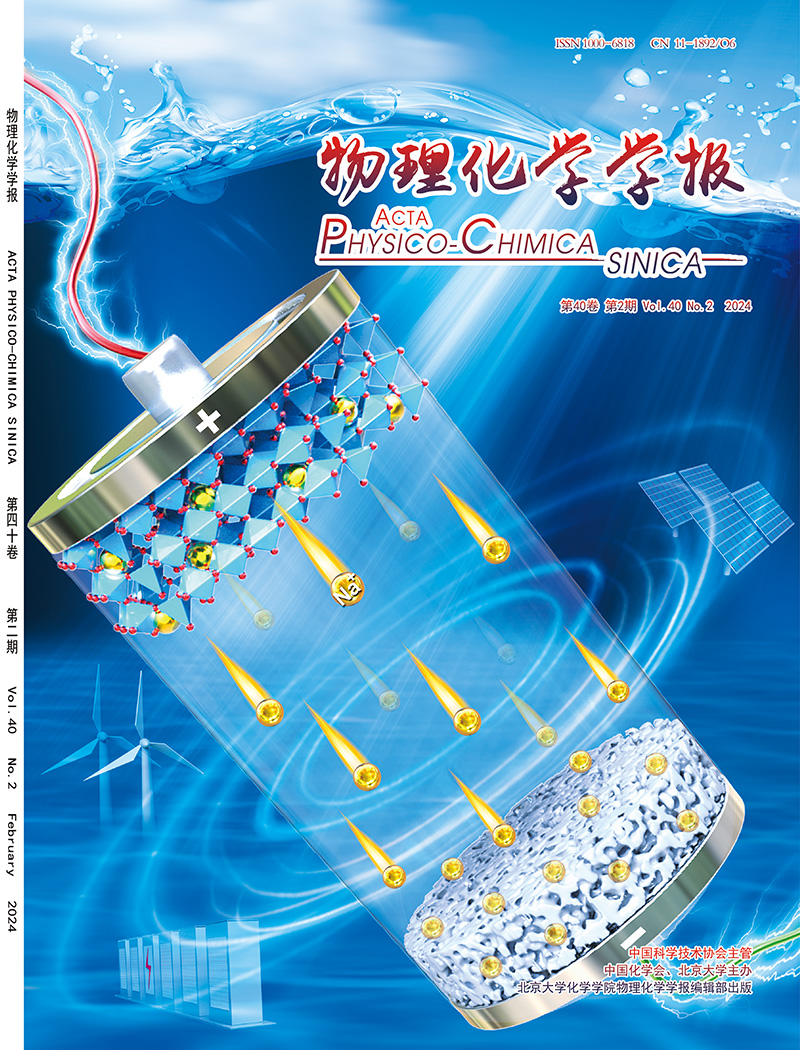Enhanced photocatalytic synthesis of H2O2 by triplet electron transfer at g-C3N4@BN van der Waals heterojunction interface
IF 13.5
2区 化学
Q1 CHEMISTRY, PHYSICAL
引用次数: 0
Abstract
The van der Waals heterojunctions demonstrate exceptional advantages due to their outstanding charge separation capabilities and remarkable flexibility in tuning electronic properties. This study explores the potential application of the 2D/2D g-C3N4@BN van der Waals heterojunction in the photocatalytic synthesis of hydrogen peroxide (H2O2). Based on this heterojunction, we investigated the energy transfer process between triplet excitons and singlet oxygen, emphasizing the importance of catalyst structure for charge separation and the stable generation of triplet electrons. By constructing a charge transfer pathway, the built-in electric field within the heterojunction effectively drives the directional migration of charge carriers, significantly extending their lifetime. We employed two modification strategies to regulate the excited state electronic properties of the catalyst, including adjusting the interlayer arrangement to enhance charge transport capability and halogen modification to improve the light responsiveness of materials. Experimental validation indicates that the representative chlorinated-CN@BN effectively suppresses exciton recombination compared to CN, extending the lifetime of excited-state carriers by 3.52 times. Furthermore, the photocatalytic yield of H2O2 is improved by 2.73 times. This study provides a theoretical basis for developing novel photocatalysts and inspires the design of catalysts for direct synthesis of H2O2 from oxygen.

在g-C3N4@BN范德华异质结界面上通过三重态电子转移增强H2O2的光催化合成
范德华异质结由于其出色的电荷分离能力和在调整电子特性方面的非凡灵活性而表现出独特的优势。本研究探讨了2D/2D g-C3N4@BN范德华异质结在过氧化氢(H2O2)光催化合成中的潜在应用。基于这种异质结,我们研究了三重态激子和单线态氧之间的能量传递过程,强调了催化剂结构对电荷分离和三重态电子稳定生成的重要性。通过构建电荷转移通路,异质结内的内置电场有效地驱动载流子的定向迁移,显著延长其寿命。我们采用了两种改性策略来调节催化剂的激发态电子性能,包括调整层间排列以提高电荷输运能力和卤素改性以提高材料的光响应性。实验验证表明,与CN相比,具有代表性的chlorinated-CN@BN有效地抑制了激子重组,使激发态载流子的寿命延长了3.52倍。H2O2的光催化收率提高了2.73倍。该研究为开发新型光催化剂提供了理论基础,并为氧直接合成H2O2催化剂的设计提供了灵感。
本文章由计算机程序翻译,如有差异,请以英文原文为准。
求助全文
约1分钟内获得全文
求助全文

 求助内容:
求助内容: 应助结果提醒方式:
应助结果提醒方式:


